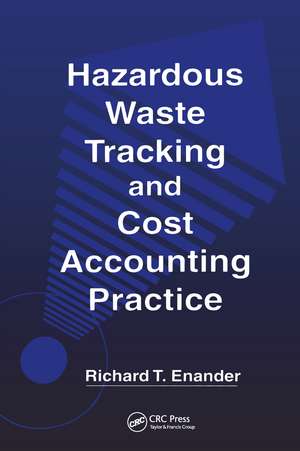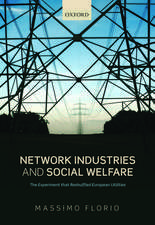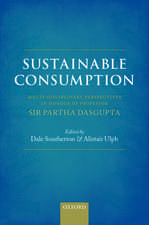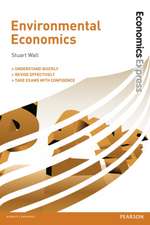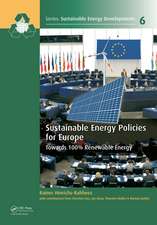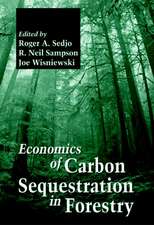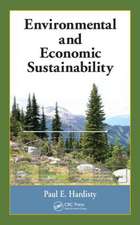Hazardous Waste Tracking and Cost Accounting Practice
Autor Richard T. Enanderen Limba Engleză Hardback – 20 dec 1995
This book helps companies meet the ever-growing number of recordkeeping, reporting, and information-management demands. It assists the practicing professional who must keep facility records relating to the generation and managemnet of solid and hazardous waste. Specific guidance is given on the principles of waste material tracking by point of generation and fully loaded waste management cost accounting. Some benefits to tracking by point of generation are:
Preț: 653.82 lei
Preț vechi: 914.97 lei
-29% Nou
Puncte Express: 981
Preț estimativ în valută:
125.12€ • 135.87$ • 105.10£
125.12€ • 135.87$ • 105.10£
Carte tipărită la comandă
Livrare economică 23 aprilie-07 mai
Preluare comenzi: 021 569.72.76
Specificații
ISBN-13: 9781566701426
ISBN-10: 1566701422
Pagini: 240
Ilustrații: 30 tables
Dimensiuni: 156 x 234 x 18 mm
Greutate: 0.51 kg
Ediția:1
Editura: CRC Press
Colecția CRC Press
ISBN-10: 1566701422
Pagini: 240
Ilustrații: 30 tables
Dimensiuni: 156 x 234 x 18 mm
Greutate: 0.51 kg
Ediția:1
Editura: CRC Press
Colecția CRC Press
Public țintă
ProfessionalRecenzii
"The book's user-friendly format can enable companies with limited resources and experience to set up and use a coding system, organized by department, for all hazardous waste"
- Pollution Prevention Review
- Pollution Prevention Review
Cuprins
Historical Perspective on Regulatory Initiatives Driving Hazardous Waste Tracking and Cost AccountingCERCLA, HSWA, and FPCRAEPA's Guidance to Generators Focuses on Waste Tracking and Cost AllocationA New DirectionLiterature CitedTracking by Point of GenerationIntroductionBenefits to Tracking Wastes by Point of GenerationChapter OverviewWaste Indentification Systems: Commercial Applications. Generator Systems.Generator Waste ID Numbers: Function and UseSystem DevelopmentRecord Reviews and Department InterviewsWritten Inventories/DocumentationTracking by ID NumberContainer Marking: Federal Marking and Labeling Requirements. Marking and Labeling Practice.Container StorageWaste Stream Segregation and LogsLiterature CitedProcess, Operation and Material ReviewsThe Importance of Understanding Your Waste Generating ProcessesTrichloroethylene/Chlorofluorocarbon ExamplesCollecting Process Data: Small to Medium-Sized Facilities. Large Facilities.Waste Generation Data TrackingFlow Diagram Use and Construction TipsFlow Diagrams DefinedProcess Documentation, Waste Tracking and RecordkeepingThe Materials Balance: Applications and ExamplesSources of Information for Constructing Process Flow DiagramsDetailed Recordkeeping GuidanceLiterature CitedWaste Characterization and DocumentationIntroductionGenerator Waste Data Sheets: Commercial Applications. Generator Data Tracking Needs. Content and Structure.Communicating Waste Material HazardsData Collection and UseTracking vs. Testing for Waste Characterization: Documentation as the Basis for Waste Characterization. Laboratory Testing and Waste Characterization.State/Federal Waste Characterization RequirementsDetailed GuidanceEnd NoteLiterature CitedTracking Offsite ShipmentsAbout the JournalUnit Tracking and Off-Site Waste ShipmentsRecordkeeping and Data Collectio
Notă biografică
Richard T. Enander is a Principal Environmental Scientist and Pollution Prevention Program Manager with the Rhode Island Department of Environmental Management's Office of Environmental Coordination, Providence.
Descriere
Environmental challenges have never been greater than today
